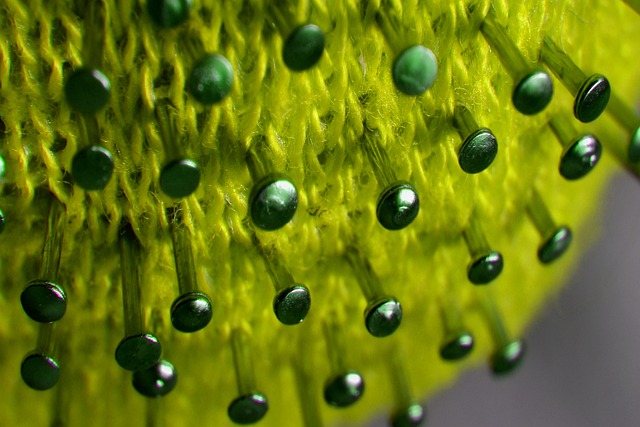Summary
Vaccines play a critical role in the fight against the COVID-19 pandemic. Future control of the pandemic requires improved vaccines with high efficacy against emerging SARS-CoV-2 variants and the ability to reduce virus transmission. Here we compare the immune responses and preclinical efficacy of the BNT162b2 mRNA vaccine, the adenovirus vectored spike vaccine Ad2-pico, and the live attenuated virus vaccine candidate sCPD9 in Syrian hamsters , using both homogeneous and heterologous vaccination regimens. The comparative efficacy of the vaccine was evaluated using virus titer readings for single-cell RNA sequencing.
Our results show that vaccination with sCPD9 elicited the most robust immunity, including rapid viral clearance, reduced tissue damage, rapid differentiation of preplasmablasts, strong systemic and mucosal humoral responses, and rapid recovery of memory T cells from lung tissue after challenge. with heterologous SARS-CoV-2. Overall, our results demonstrate that live attenuated vaccines offer advantages over currently available COVID-19 vaccines.

Discussion
Current COVID-19 vaccines are very effective at preventing serious illness; however, infection with emerging variants is not prevented and virus loads may be high in vaccinated individuals. To control virus transmission and limit symptomatic infection, mucosal immunity at the site of virus entry is thought to be of paramount importance .
Here we present a multiplatform vaccine comparison that includes live attenuated vaccines ( LAV), which we found to elicit superior protection against SARS-CoV-2 infection, especially at mucosal virus entry sites. This is consistent with previous preclinical COVID-19 vaccine studies that used intranasal administration of LAV, protein-based or virus-vectored spike vaccines, and efficient induction of mucosal immunity. Our observations on the enhancement of immunity induced by heterologous boost-priming vaccination are in line with recent studies combining systemic priming followed by an intranasal boost with adenovirus or mRNA vector vaccines.
Importantly, the anti-SARS-CoV-2 IgA that neutralizes the virus in the nasal mucosa of vaccinated animals is much higher in animals vaccinated with sCPD9. It is well known that mucosal IgA exerts several functions, such as blocking virus entry, preventing intracellular fusion of virus and endosomal membranes, as well as inhibiting virus release from host cells. Overall protection against virus replication, tissue damage, and lung inflammation was significantly better in sCPD9-vaccinated animals. At the same time, antigen recognition was considerably broader in animals that had received sCPD9, and these benefits are likely the result of important distinguishing characteristics of live attenuated vaccines ( LAV). These include administration via the natural route of infection , presentation of the virus’s full antigenic repertoire, and replication that mimics the target pathogen. Furthermore, active replication of live attenuated vaccines ( LAV) may cause prolonged and increased presentation of viral antigens compared to non-replicating vaccines, a factor that could contribute to the improved efficacy observed here. In a small-scale experiment, LAV vaccination was able to abrogate SARS-CoV-2 transmission, while mRNA vaccination had only minor effects on transmission.
scRNA-seq analysis of blood, lung, and nasal mucosa samples from vaccinated and SARS-CoV-2-infected hamsters revealed that, in all important parameters, the effects were stronger for sCPD9 vaccination in a priming environment. Similarly, in a prime-boost setting, sCPD9 double vaccination was superior to mRNA-sCPD9 vaccination, followed by mRNA double vaccination and adenovirus double vaccination. Animals vaccinated with sCPD9 had substantially reduced induction of pro-inflammatory gene expression programs, a major feature of COVID-19 pathogenesis.
While our data show superiority and therefore promise further development and refinement of LAVs, there is a caveat to extrapolating results from preclinical animal trials to the human situation . Clearly, clinical studies on the safety and efficacy of live attenuated vaccines are mandated to realistically evaluate the potential of these vaccines to combat the still ongoing pandemic.
One problem with LAVs is their potential susceptibility to previously established immunity, which would restrict vaccine virus replication and potentially limit their use as a booster after initial immunization by vaccination or natural infection. We show here that sCPD9 effectively stimulates immune responses and greatly improves protection when applied three weeks after initial vaccination .
Importantly, sCPD9 enhances humoral immune responses, especially against known immune escape variants such as Beta and Omicron BA.1, while improving the virological outcome of a heterologous challenge infection when given as a booster three weeks after vaccination initial. This indicates a large scope for the use of LAV in populations that exhibit a high degree of initial immunity induced by vaccination or previous infection.
















